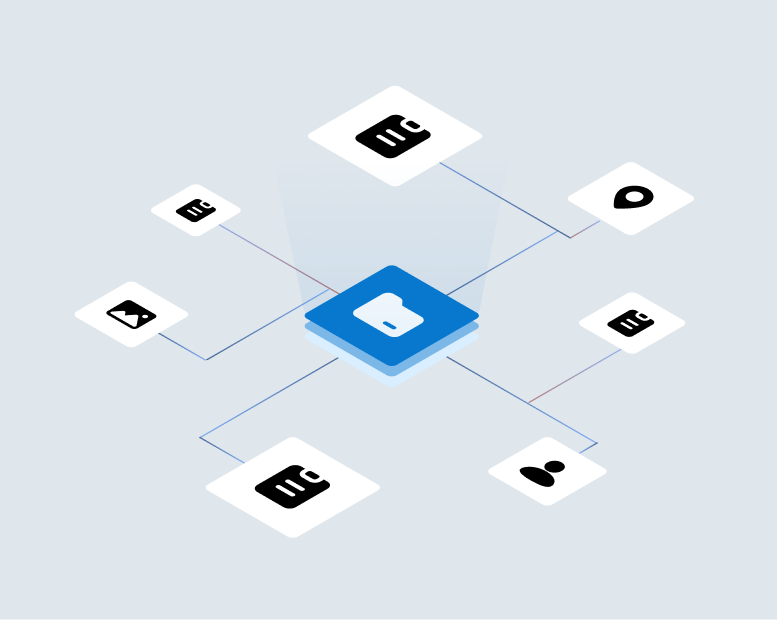 Most large personal lines carriers feature on-line quotation systems where consumers can get a quote in as little as three minutes. This has resulted in an explosion in the number of consumer quote requests per policy issued. This in and of itself isn’t really a problem but the ability to request and get multiple quotes in a short period of time is is teaching some consumers how easy it is to manipulate their data to get a lower premium. That ‘education’ and the much higher quote volumes means quite a bit of fraud is getting written into policies. In Auto up to ten percent of net premiums written.
Most large personal lines carriers feature on-line quotation systems where consumers can get a quote in as little as three minutes. This has resulted in an explosion in the number of consumer quote requests per policy issued. This in and of itself isn’t really a problem but the ability to request and get multiple quotes in a short period of time is is teaching some consumers how easy it is to manipulate their data to get a lower premium. That ‘education’ and the much higher quote volumes means quite a bit of fraud is getting written into policies. In Auto up to ten percent of net premiums written.
It turns out that you can learn a lot about a consumer simply by watching their online shopping/quoting behavior.
It’s a big problem but the fraudsters have a vulnerability that carriers can target: a digital ‘paper trail’ of their quote history. The way that unscrupulous consumers figure out what mix of the truth, dishonest and withheld facts yields the lowest premium is by varying key rating factors in a series of quote requests. So if a carrier can retain and track a consumer’s quote history and apply the appropriate analytics, they can usually pinpoint where the consumer is ‘cheating’.
This is harder than it looks because to effectively police this type of fraud, carriers must 1) track and compare quotes for the same risk over time, 2) identify the manipulation(s), 3) estimate the premium impact and 4) intervene and communicate with the consumer. All during a 3 to 5 minute online quote session. This can only be done with highly automated and synchronized analytical and intervention tools that can identify, intervene and resolve the deception within the short time it takes to generate an online quote. That’s where VeracityID comes in. We’ve built the industry’s only end to end fraud identification, intervention and resolution solution specifically designed to identify and eliminate fraud at the beginning, before a policy is bound and a commitment made.


